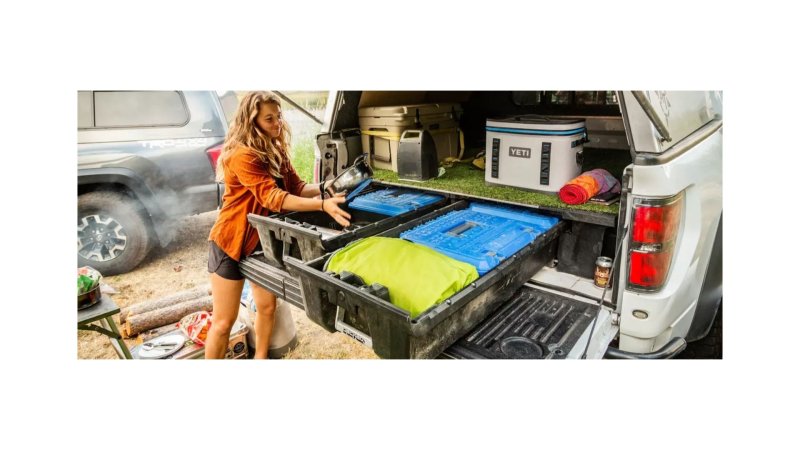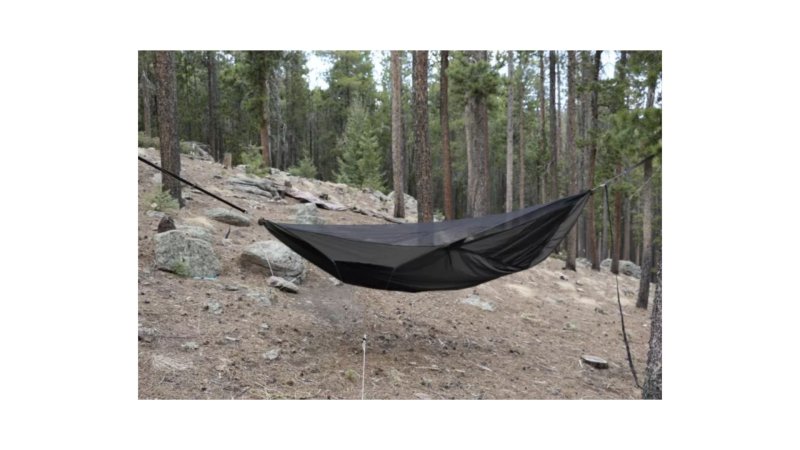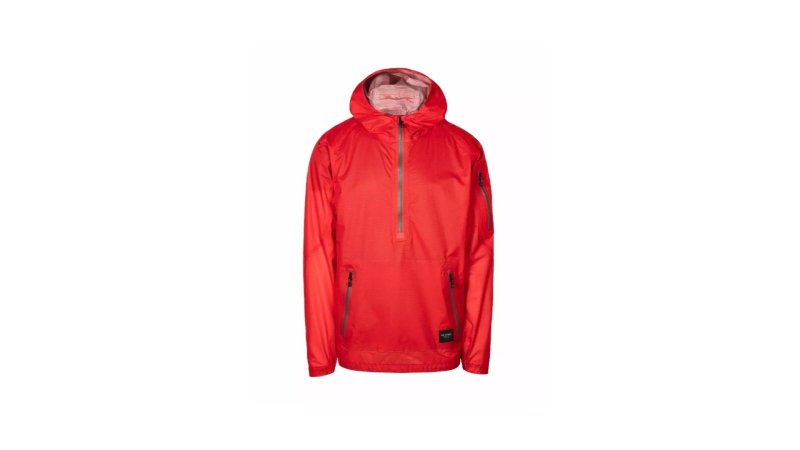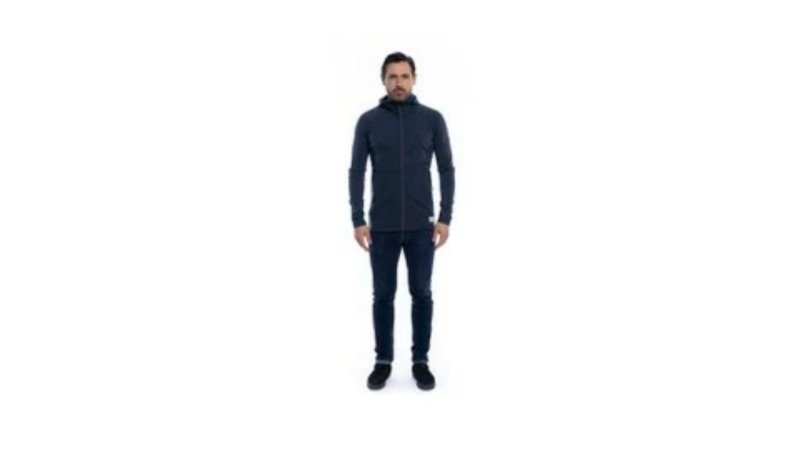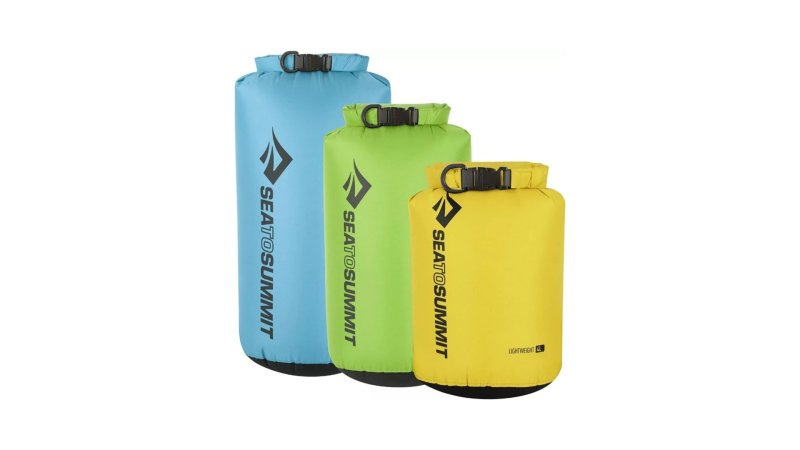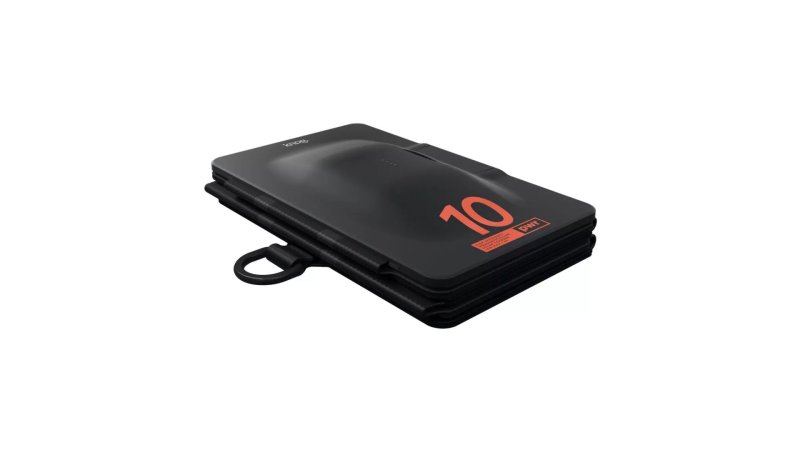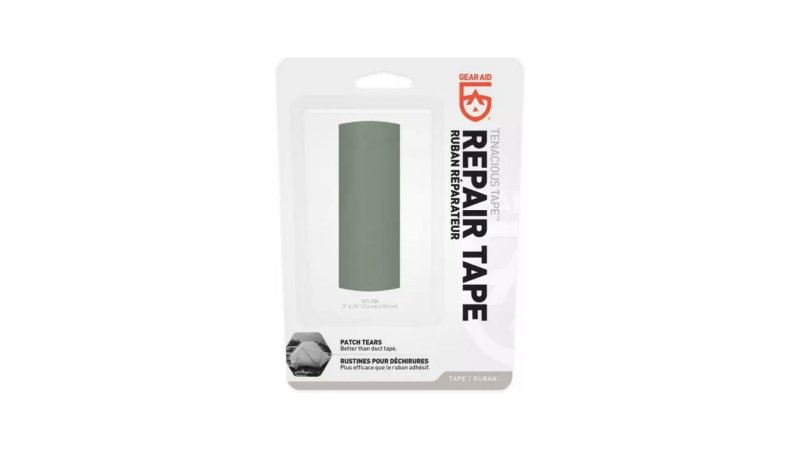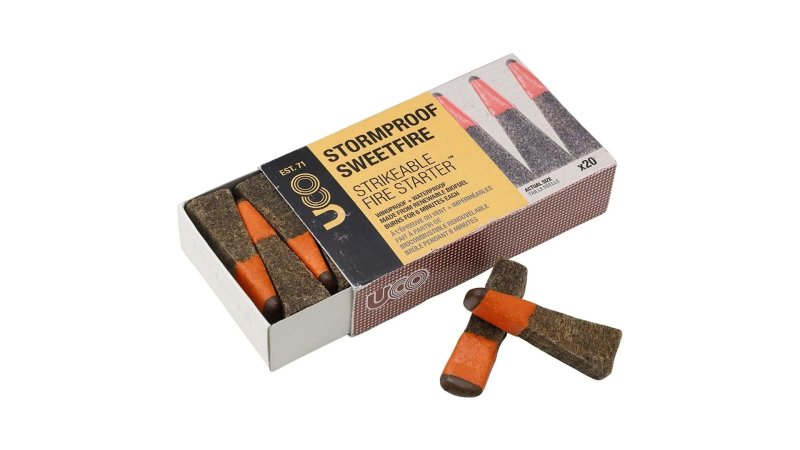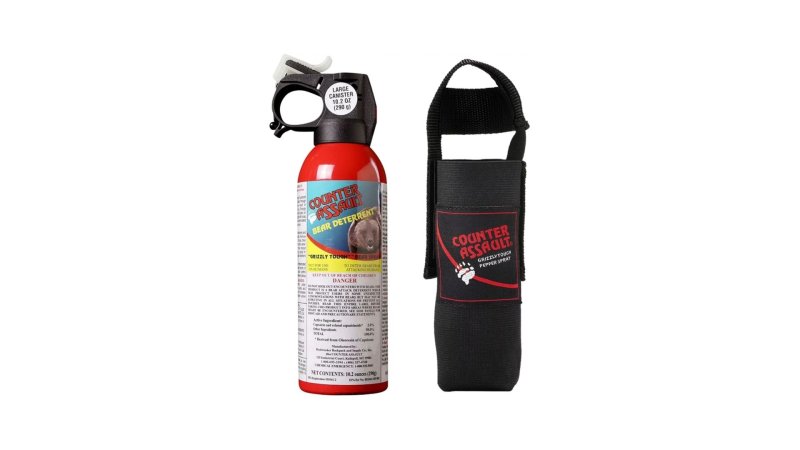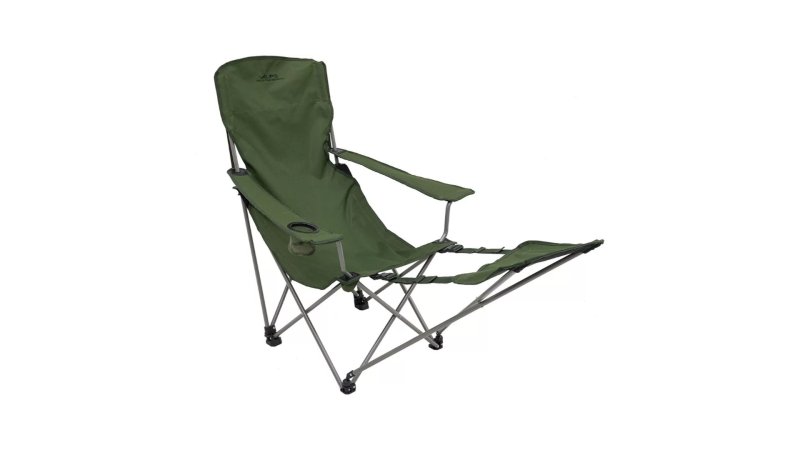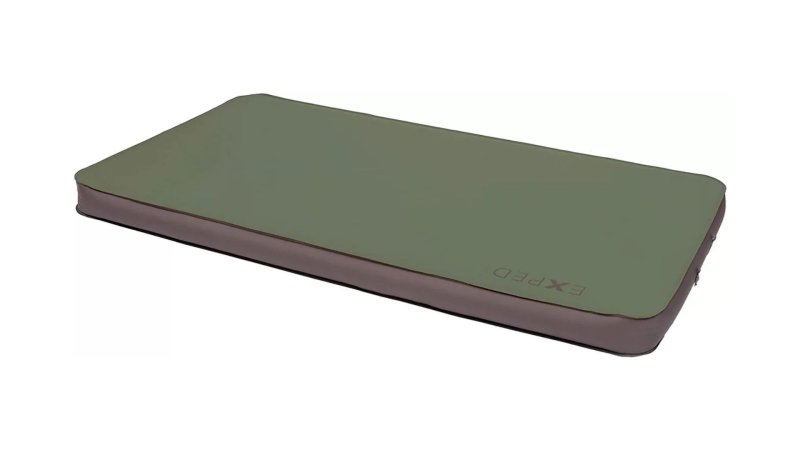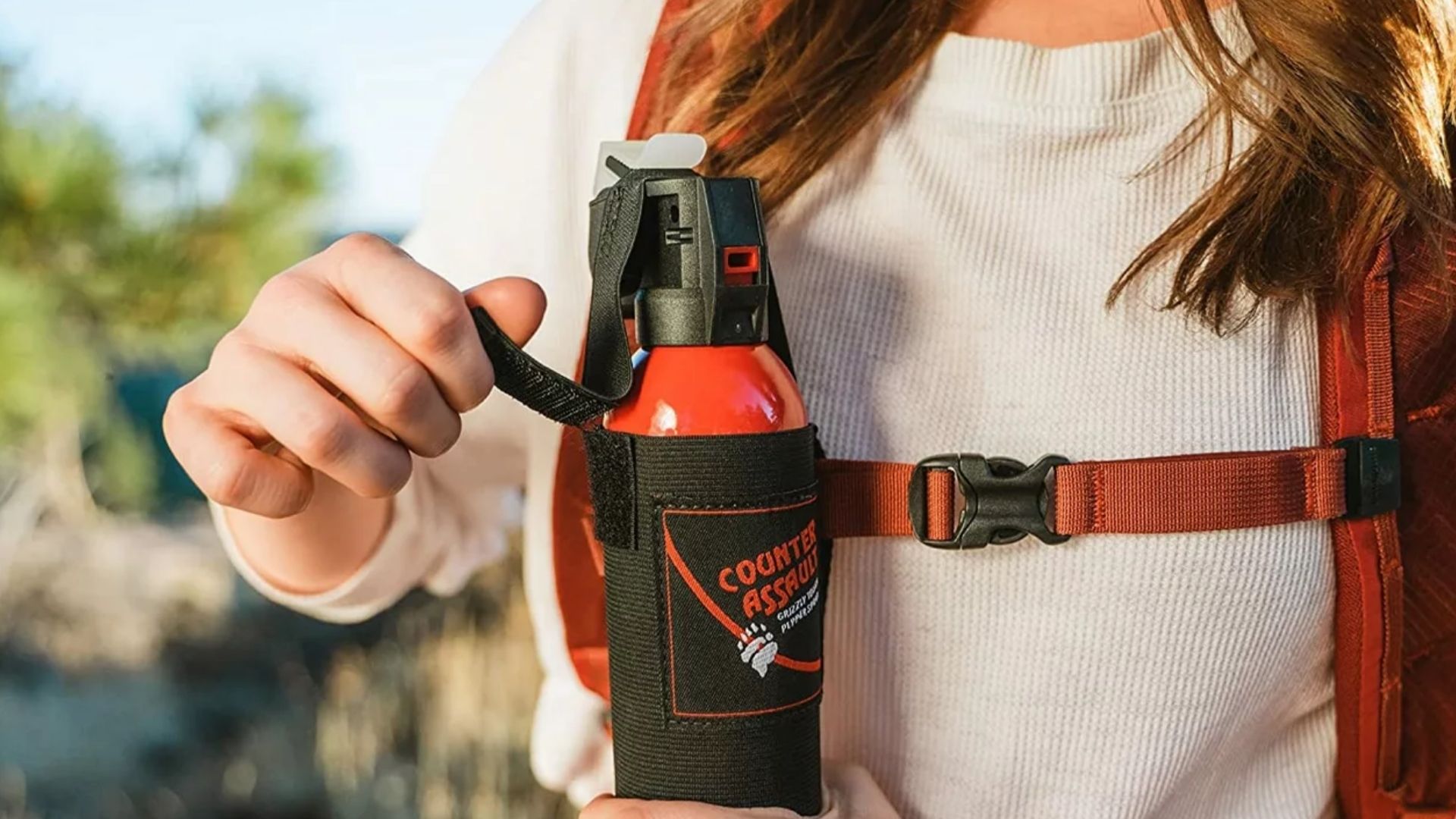

We may earn revenue from the products available on this page and participate in affiliate programs.
The world of available camping accessories is simply bewildering. For every conceivable outdoor situation, someone has developed a device — and most of them are terrible. Want an electric-powered rotating marshmallow fork? It’s out there. How about an inflatable mattress with built-in audio speakers? Is that where your magic happens? Or a $400 Swiss Army knife that has 82 tools, is completely un-ergonomic, and almost weighs a pound? It is designed to do so much, it does nothing well at all!
You’re starting to get the gist: Most camping accessories are complete junk, peddled by marketers from the comfort of their cushy Madison Avenue offices. That said, there are some camping accessories that are truly valuable. I’m here to separate the wheat from the chaff and help you find the best camping accessories that meet your needs.
I’m a minimalist, so when I’m backpacking or camping, I do my best to take only the gear I need to accomplish my goals while leaving just a smidge of safety margin. I seek out the lightest, most functional, and least expensive gear for the job, so I took a wide look around and contacted the gear reps I know to see what’s new. I also reviewed my list of favorite gear items that are currently in my backpack. In this article, we’ll talk about gear that will help you better organize your trips, gear that will help you enjoy a good night’s sleep, gear that will keep you warm and dry, and gear that will keep you from getting eaten by a bear or abducted by space aliens. (#ProTip: Always wear the foil.) I hope this list of the best camping accessories for 2022 helps you find the gear you need and also dial you into some new products out there.
How we tested
I selected all of the best camping accessories in this review based on personal ownership, hands-on inspection, performance reputation, interviewing other experts, and thoroughly reviewing manufacturers’ specifications. I take my time to get to know the strengths and weaknesses of each item, and also check out the reviews of other experts just to make sure we’re not missing anything. For new items, I ask for samples from the makers and test them in the field. When that’s not possible, I visit the products in the store. In either case, I also review the manufacturer’s websites, user comments, YouTube reviews, and third-party evaluations, just to make sure I’m not missing anything.
When researching the best camping accessories, I based my criteria on my own experiences using outdoor gear in the field for more than 35 years. I’m well familiar with the major manufacturers of outdoor equipment, know their reputations, and have a sense of their customer service — which is also super important. I also speak with other people who spend considerable time outdoors for their thoughts as well.
After gathering enough high-performing products for a best-of article, I racked and stacked each based on their attributes, design, and performance. My bias is towards the lightest, best-functioning, and lowest-cost solutions available. We don’t torture test gear here at Task & Purpose — we test within normal usage limits. When gear does fail or break, we contact the manufacturer to see if and how they stand by their products. (I had one GoreTex jacket manufacturer replace a three-layer hardshell after 20 years of use. Needless to say, I am a die-hard for that company now.) I also take a look at how easy the gear is to maintain or repair in the field — the simpler the better.
For final selection, I take all factors into consideration and think: What is the gear I’d most want in my pack? What would I trust my life to in the backcountry? Those are the recommendations I forward for your consideration. Furthermore, it’s of the utmost importance to the Task & Purpose team that our readers know our commitment to open, fair product recommendations and reviews, and that you can trust us to provide you with unbiased, balanced information.
Best Overall
Decked Truck Bed Camping Storage System
Pros
- Well-made
- Well-designed
- Waterproof
- Dustproof
- Secure
Cons
- Expensive
- You have to assemble and install
- Product Specs
- Materials: high-density polyethylene, stainless steel hardware, cast aluminum handles, and galvanized steel subframe
- Weight capacities:
- Payload: 2,000 pounds
- Drawers: 200 pounds
- System dimensions (short bed/standard bed):
- Length: 64.54 inches / 75.25 inches
- Width: NA/ 47 inches
- Height: 12 inches / 12 inches
- Weight:
- Short bed: 220 pounds
- Standard bed: 230 pounds
- Click here for dimensions
Best Value
Warbonnet Outdoors Blackbird XLC
Pros
- Super comfortable
- Great design
- Fast setup
- Mosquito net
Cons
- Doesn’t come with rain tarp
Product Specs
- Material: 40D DreamTex ripstop nylon (single layer)
- Colors: 11 options
- Size: 11 feet x 62 inches
- Maximum comfort load: 275 pounds
- Maximum load: 400 pounds
- Weight: 1 pound 5.75 ounces
Honorable Mention
Beyond Clothing Yuba Ultralight L6 Rain Anorak
Pros
- Ultralight
- Breathable
- Water/windproof
- Super packable
- Stuffs into own pocket
Cons
- Pricey
Product Specs
- Sizes: Mens S, M, L, XL, 2XL
- Fabric: 3-layer Pertex with DWR finish
- Fit: Athletic
- Weight: 7.76 ounces
Best Camping Hoodie
Artilect Eldorado Merino Hoodie
Pros
- Warm
- Comfortable
- Wind-resistant
- 50% more durable fabric
- Dries 5x faster than other wools
- Provides 35x more stretch without elastane
Cons
- Expensive
- Somewhat heavier than synthetic fleeces
Product Specs
- Sizes: Mens XS, S, M, L, XL
- Fabric: 310GSM Nuyarn merino wool
- Fit: Slim/athletic
Best Camping Dry Bags
Sea to Summit Lightweight Dry Sacks
Pros
- Light
- Exceptionally water-resistant
- Durable
- Wide range of sizes and colors
Cons
- Bit thin for canyoneering; go with heavyweight bags for this
- Water can seep through roll top if fully submerged
Product Specs
- Sizes: 1, 2, 4, 8, 13, 20 and 25 liters
- Weights: 1, 1.2, 1.5, 2, 2.6, 3.1, and 4 ounces respectively
- Dimensions: 4.3×9.4, 5.1×11.4, 5.9×13, 6.7×18, 8.6×21, 10×24, and 12×27 inches
- Fabric: 70D nylon with fully taped seams
- Closure: Hypalon roll top with buckle
Best Solar Panel
Knog PWR 10 W Solar Panel
Pros
- Rugged
- Fairly lightweight
- Compact design
- 10 watts of power
Cons
- Needs sunshine to run
Product Specs
- Capacity: 10 watts (max), 5 volts
- Dimensions:
- Packed: 7x4x1 inches
- Deployed: 7x21x1/16 inches
- Weight: 1 pound
- Port: USB
Best Gear Repair Tape
Gear Aid Tenacious Tape
Pros
- Super easy to use Durable
- Machine-washable after 24 hours
- Stays put
Cons
- Limited colors
Product Specs
- Material: Vinyl, nylon or ripstop nylon
- Colors: Clear, black, red, yellow, grey, sage
- Size: 3×20 inch strip or 1.5×60 inch roll (clear only)
- Application: Peel and stick
- Adheres to: Nylon, polyester, fleece, vinyl, rubber, non-oiled leather and GoreTex
- Weight: 90 grams per square meter (gsm) (clear), 65 gsm ripstop
Best Firestarters
UCO Stormproof Sweetfire Strikeable Firestarters
Pros
- Windproof
- Reliable
- Waterproof
- Burns for 7 minutes
Cons
- Handle carefully to avoid accidental ignition
Product Specs
- Material: Bagasse and vegetable wax
- Package dimensions: 5.5×0.75×0.4 inches
- Weight: 4.9 ounces
- Firestarters per box: 20
- Burn time: 7 minutes
Best Bear Spray
Counter Assault Bear Spray
Pros
- Effective
- Long range
- Long duration
Cons
- Read instructions before using to avoid injury or death by bear teeth and claws
Product Specs
- Sizes: 10.2 ounces and 8.1 ounces
- Dimensions: 9.87x 5.57 x 2.5 inches (10.2-ounce variant)
- Distance: 40 feet
- Duration: 8 seconds
- Formula: 2% capsaicin
Best for Cars
ALPS Mountaineering Escape Camp Chair
Pros
- Easy setup
- Comfortable
- Carrying case
- Integrated cup holder
Cons
- Heavy
Product Specs
- Dimensions: 32.5x17x41.5 inches
- Seat height (front): 17 inches
- Seat height (back): 14 inches
- Seat width and depth: 20×17 inches
- Weight: 10 pounds
- Max load: 225 pounds
Best for Trucks
Exped MegaMat Duo 10 Sleeping Pad
Pros
- Comfortable
- Easy to inflate/deflate
- Warm
- Doesn’t squeak
Cons
- Heavy
Product Specs
- Capacity: 2 people
- Dimensions:
- Medium double: 71x41x3.9 inches
- Long wide double: 77.6x52x3.9 inches
- Weight:
- Medium double: 7 pounds 8 ounces
- Long wide double: 9 pounds 14.7 ounces
- Packed size:
- Medium double: 22×11 inches
- Long wide double: 27.6×11.8 inches
- R-Value: 8.1
- Repair kit: Included
- Stuff sack: Included
- Insulation: Open-cell foam
What to consider when buying camping accessories
The different categories of camping accessories are too voluminous to address in any one article. When buying camping accessories, I urge people to really think about if and how they will use the product in the field and resist the urge to try to bring everything you use at home into the backcountry. My partner and I keep notes on what gear we bring on every trip, how it worked or didn’t, and what we wished we had (for the next trip). At this point, our gear list is pretty settled, but we continually tweak it when we find lighter, more capable, and less expensive gear. We encourage you to do the same and keep your own notes.
Types of camping accessories
Organizers
This is all the stuff that helps you keep your gear organized — both in your backpack and in your tent and car. When purchasing organizers, look for well-made, lightweight stuff. It’s easy to go overboard on organizers and end up carrying a bunch of things you don’t need. It’s also useful to put your gear away in the same place every time so it is easier to find in the dark or during an emergency.
Sleep systems
You can burn a lot of energy outside during the day, so it’s essential to get a good night’s sleep. I recommend investing some cash here in quality lightweight systems that will keep you warm and comfortable. I generally hammock camp in the spring, summer, and fall, and tent camp in the winter.
Clothing
Staying warm and dry is more than just a comfort thing. When you are in the backcountry and far from home, hypothermia can be a life-threatening killer — even in the summer. Look for insulating layers that are made from synthetics or, my new favorite, merino wool, and look for weatherproof layers that are breathable, lightweight, comfortable, and packable.
Key features of camping accessories
Durability
Look for items that are made from quality materials and built to last. They’ll be more expensive, but when you buy nice you avoid buying twice.
Utility
Really think through if and how you will use a camping accessory before purchasing it. Many times you can improvise other solutions on the fly. When you can do that, you can avoid carrying additional weight on your back or stuffing additional items in your car.
Weight
The more you have to carry on your back, the more tired you will get, and the shorter distances you will be able to cover without fatigue setting in. It’s truly worth spending a little more to cut overall weight. Your back and knees will thank you.
Tips and tricks
To get the best gear for you:
- Look for military discounts or affiliate programs on the gear manufacturer’s website
- Wait until end of season and snap up products when they go on sale
- Look for used gear options; both REI and Patagonia now sell previously-owned items
FAQs on camping accessories
You’ve got questions. Task & Purpose has answers.
Q: What is the most popular camping item?
A: No idea. My favorites are the ones that work the best for me and weigh the least. Hmmmm. My favorite item now? Probably my Osprey Aether Pro 70 mountaineering backpack.
Q: What should you not bring camping?
A: People you don’t like. We go camping to get away from all the idiots out there. Seriously, try to go with as little gear as you safely can. And don’t bring foods that require refrigeration unless you have a good cooler with a lot of ice — dry ice, preferably. Getting food poisoning sucks.
Q: What should you carry camping gear in?
A: It depends. A good backpack is essential when moving on foot. I like to use dry bags inside my pack to keep things organized and weather-proof. For car/truck camping, I like to use plastic storage bins and dry bags.
Q: Do you take pillows camping?
A: Hell yes. Both car camping (home pillow) and backpacking (lightweight inflatable pillow). You’re worth it.
